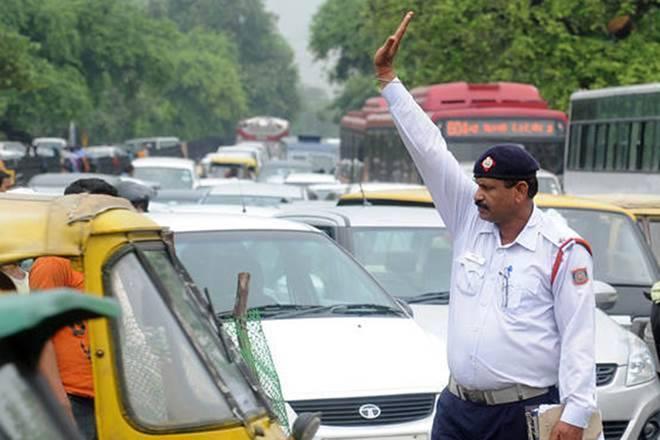Recently, I was witness to an unusual sight somewhere in Germany. It was midnight, dead of winter, with no other vehicle or soul in sight. At a forlorn traffic signal, a passenger car with a lone driver came to a halt, waiting patiently for the light to turn green; and then moved on.
Doing the right thing when no one is looking is a measure of self discipline which is, perhaps, inculcated from the very young age in the more developed nations. And, is sadly lacking in most of the underdeveloped countries, including India.
In many road accidents, it is often the person behind the steering wheel who is responsible for the mishap. Eager to beat the light, throwing caution to the winds they are in a mad rush to reach the destination, often with scores of other vehicles trying to do the same. The name of the game is to flout the law.
Not being in possession of vehicle registration, car insurance, driving license, etc. have no bearing on preventing a road accident, if the driver is prone to rash and irresponsible driving. Seat belt or a helmet on a two-wheeler would only save her from serious injury or possibly death but not prevent an accident.
The rot in our system starts when a driver’s license is issued. There are 1157 RTO (Road Transport Offices) in 31 States, of which 1121 are enabled. These grant driving licenses based on certification of a driving school. They seldom conduct an actual test and are often persuaded by the omnipresent tout.
Imposing heavy fines for peripheral reasons, whereas it is the man behind the wheels who is the main culprit makes little sense. The person is never caught or fined for rash or dangerous driving since traffic police seldom monitor such aberrations in driving habits.
The traffic police do carry out ‘radar’ speeds checks for over speeding, but such exercises are few and far between. It is assumed that once a driving license has been issued, the driver is responsible enough to obey all traffic rules and observe ample caution.
In the US, with its heavy reliance on road transport, the process of issuing a driving license is a serious business. Applicants often fail multiple times before they are granted driving licenses.
Though each state has its own set of rules and regulations, generally, the applicant for the learner’s permit has to be above 16 years of age. Some states such as California require the applicant to complete a driver’s education course. Proof of identity and residency, plus a vision test completes the formality for a learner’s permit.After a learning period of six months, the applicant is eligible to apply for a driver’s license, which requires passing of a written and a driving test. Apart from steep fines for violating rules of the road, repeated offences could end up in revocation of the license.
In India, after getting the driver’s license, the driver mostly concentrates on how to get through the maze of road traffic. Cancellation of a driving license is unheard of as cases of violation of traffic rules seldom enter a central database.
The obsession for taking risks is seldom detected or curbed unless the traffic police resort to traffic monitoring.
Drunk driving, defective headlights and tail lamps, driving when sleep-deprived, are a few more causes leading to road accidents.
India needs a policy of surprise checks and frequent monitoring, not a knee jerk reaction of putting road barriers, going through a round of verification of documents and levying steep fines.
The author is former Member Railway Board. Views are personal

